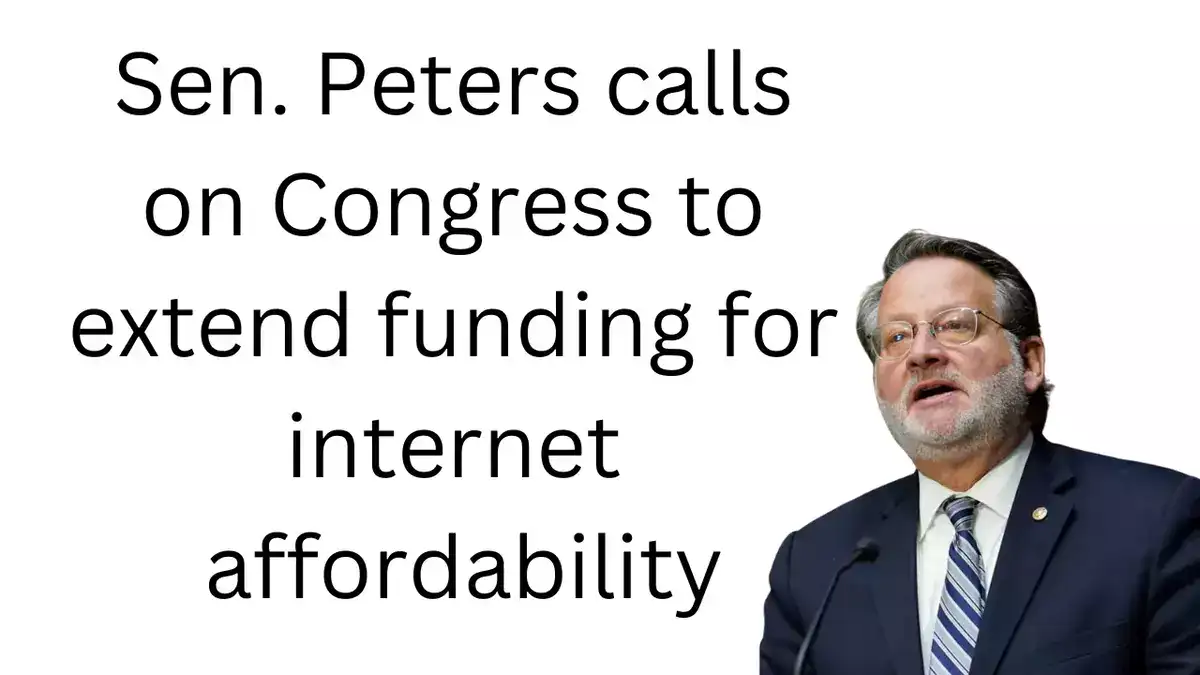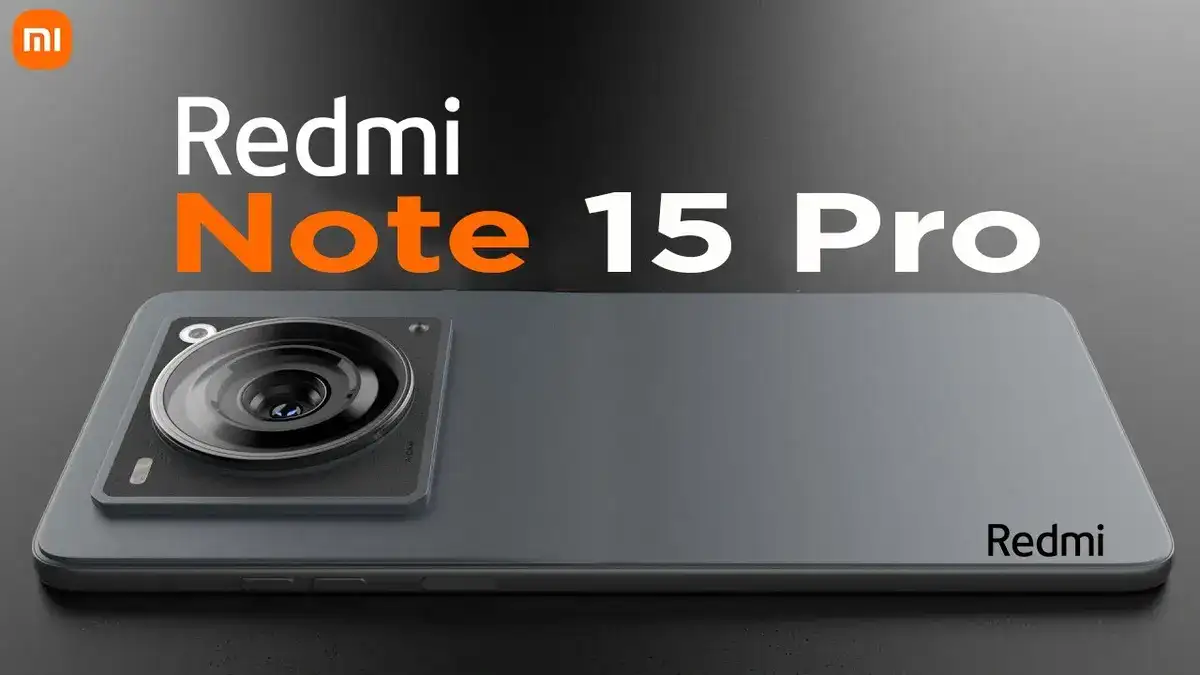Saving on Internet Bills: As the Affordable Connectivity Program (ACP) nears its end, millions of households across the United States are bracing for potential increases in their internet bills. The ACP, which assists over 23 million households in affording internet access, is slated to conclude when its funding runs dry at the end of April. With the expiration of this program, former participants could witness their monthly internet bills surge by anywhere from $30 to $75.
The Impact of ACP Conclusion
The termination of the ACP will disproportionately affect specific demographics. According to research by the Benenson Strategy Group, 41% of ACP participants reside in the South, with 49% being military families. Alarmingly, 95% of these participants foresee significant financial challenges following the program’s conclusion.
Seeking Alternative Solutions
In the absence of the ACP, affected households must explore alternative avenues to secure affordable home internet. While no single solution can entirely replace the $14.2 billion ACP, several options exist, including government programs, nonprofit initiatives, and discounted plans offered by service providers.
Beyond subsidized programs and discounted plans, several strategies can help reduce internet expenses. For instance, negotiating with your current provider for a lower rate or exploring bundled packages can yield cost savings. Additionally, optimizing your internet usage by minimizing unnecessary data consumption can help keep monthly bills in check.
Lifeline Program
One such alternative is the Lifeline program, a federal subsidy that allocates $9.25 per month to low-income households for internet or cellphone plans. Although Lifeline’s eligibility criteria are slightly more stringent than those of the ACP, it remains a viable option for many. Eligibility for Lifeline requires that household income falls at or below 135% of the Federal Poverty Guidelines.
Lifeline Income Requirements
| Household Size | 48 Contiguous States, DC & Territories | Alaska | Hawaii |
|---|---|---|---|
| 1 | $19,683 | $24,584 | $22,640 |
| 2 | $26,622 | $33,264 | $30,618 |
| 3 | $33,561 | $41,945 | $38,597 |
| 4 | $40,500 | $50,625 | $46,575 |
| 5 | $47,439 | $59,306 | $54,554 |
| 6 | $54,378 | $67,986 | $62,532 |
| 7 | $61,317 | $76,667 | $70,511 |
| 8 | $68,256 | $85,347 | $78,489 |
For each additional person, add: $6,939 (48 Contiguous States & DC), $8,681 (Alaska), $7,979 (Hawaii)
Moreover, households can qualify for Lifeline if they participate in certain federal assistance programs, such as the Supplemental Nutrition Assistance Program (SNAP) or Medicaid.
State and Local Resources
Several states and cities across the nation offer their versions of the ACP to aid low-income households in covering internet expenses. For instance, California provides a platform where residents can explore affordable options based on their ZIP codes. Similarly, Oregon offers an enhanced Lifeline benefit of $19.25 monthly.
It’s crucial to stay informed about how your state utilizes allocated funds from initiatives like the Digital Equity Act to address digital disparities. By leveraging state and local resources effectively, individuals can tap into additional support mechanisms beyond federal programs.
Low-Income Programs from Internet Providers
Major internet providers like AT&T, Spectrum, and Xfinity offer discounted plans tailored for low-income households. These plans typically require meeting income criteria or participating in federal programs like SNAP or the National School Lunch Program.
Nonprofit Organizations
Various nonprofit organizations strive to narrow the digital divide by assisting low-income individuals and families. Some organizations, like Connect All and Everyone On, offer subsidized internet plans or distribute refurbished devices to those in need.
Aside from subsidized plans and device distribution, nonprofits like Human-I-T offer mobile hotspot devices at a discounted rate, providing an alternative means of internet connectivity for less than $30 per month. These organizations play a vital role in bridging the digital gap and ensuring equitable access to online resources.
Exploring Other Internet Plans
If facing a significant increase in internet costs post-ACP, consider exploring alternative internet providers in your area. Many ISPs offer plans priced under $50 monthly, with potential discounts for bundling services or signing long-term contracts.
Additionally, purchasing your modem and router can yield long-term savings compared to renting equipment from your provider. Refurbished equipment is often available at a fraction of the cost, but ensure compatibility with your provider’s network before making a purchase.
Furthermore, utilizing the FCC’s broadband map can assist in identifying available providers in your vicinity. By entering your address, you can ascertain which providers offer services in your area, thereby broadening your options for affordable internet access.
Conclusion
In conclusion, while the conclusion of the Affordable Connectivity Program presents challenges, there are viable solutions available to mitigate the impact on affected households. By exploring alternative programs, seeking assistance from nonprofits, and researching discounted plans, individuals can continue to access affordable internet services.
As the Affordable Connectivity Program approaches its end, millions of households face the prospect of higher internet bills. However, by exploring alternative programs, leveraging nonprofit resources, and maximizing state and local initiatives, individuals can navigate this transition with greater ease. Through proactive measures and informed decision-making, it’s possible to maintain affordable internet access and mitigate the impact of the ACP’s conclusion on household finances.



